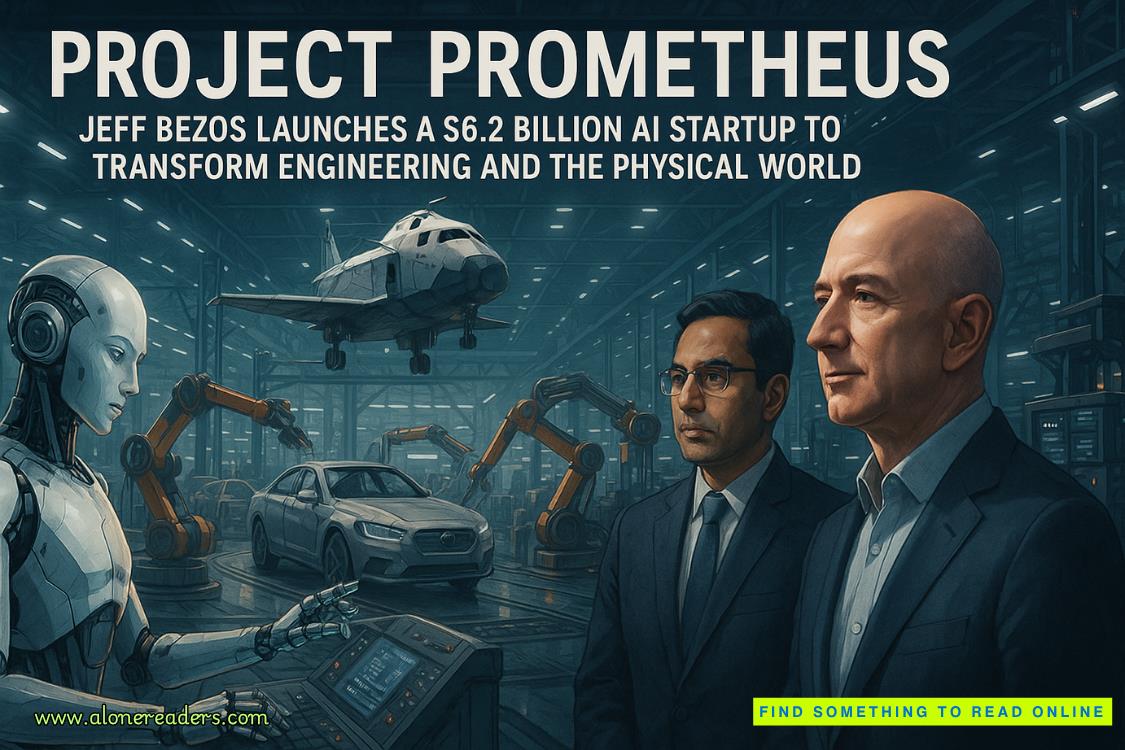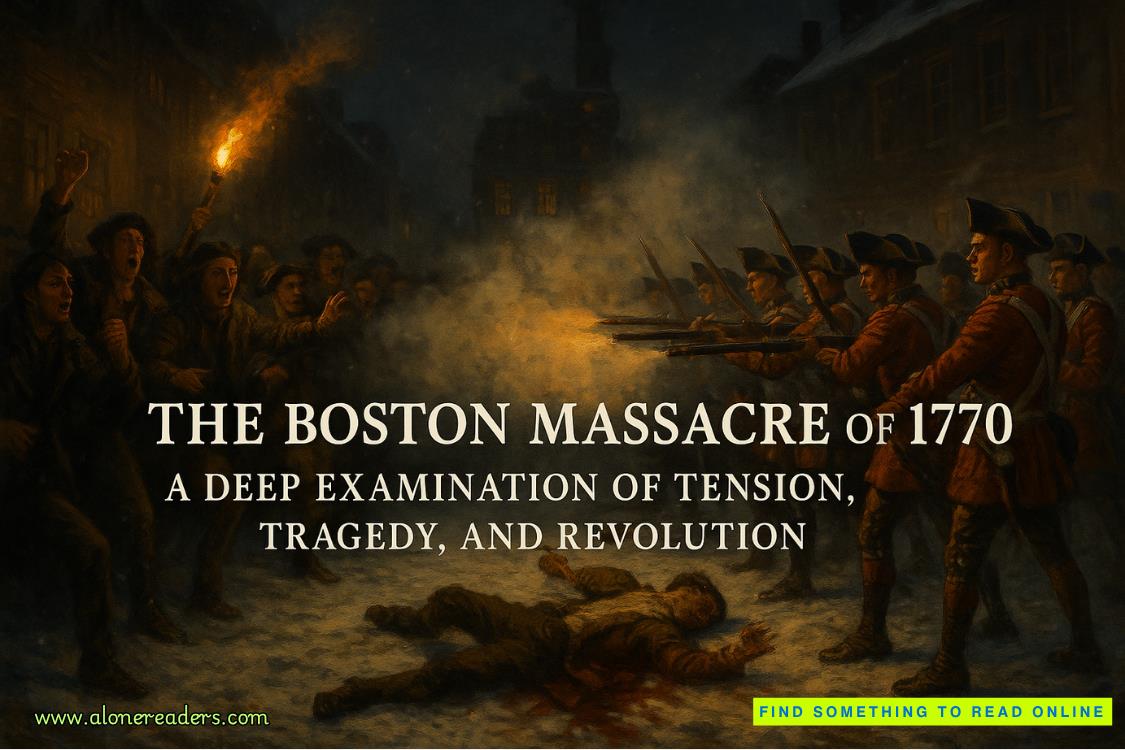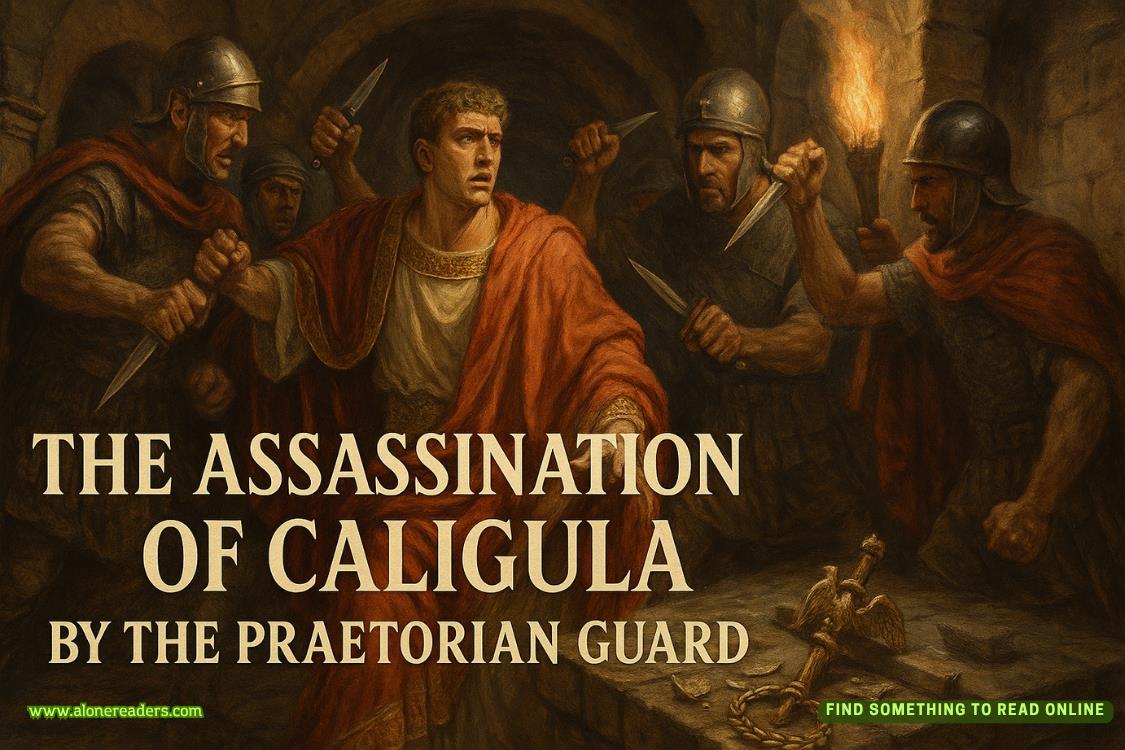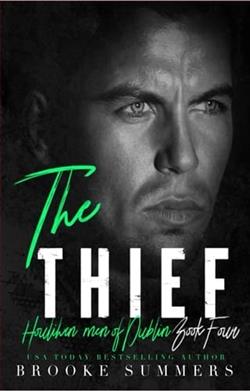Page 6 of Inca Gold (Dirk Pitt 12)
In her late thirties, Dr. Kelsey had enjoyed a ten-year fascination with the Chachapoyan cultures. She had explored and surveyed important archaeological sites on five previous expeditions, clearing the invading plant growth from a number of the major buildings and temples of the region's ancient cities. As a respected archaeologist of Andes culture, following in the footsteps of a glorious past was her, great passion. To work where an enigmatic and obscure people had flourished and died was a dream made possible by a grant from the Archaeology Department of Arizona State University.
"Useless to carry a video camera unless the visibility opens up below the first two meters," said Miles Rodgers, the photographer who was filming the project.
"Then shoot stills," Shannon said firmly. "I want every dive recorded whether we can see past our noses or not."
A year shy of forty and sporting luxuriant black hair and a beard, Rodgers was an old pro at underwater photography. He was in demand by all the major science and travel publications to shoot below-the-sea photos of fish and coral reefs. His extraordinary pictures of World War II shipwrecks in the South Pacific and ancient submerged seaports throughout the Mediterranean had won him numerous awards and the respect of his peers.
A tall, slender man in his sixties, with a silver gray beard that covered half his face, held up Shannon's air tank so she could slip her arms through the straps of the backpack. "I wish you'd put a hold on this until we've finished constructing the dive raft."
"That's two days away. By doing a preliminary survey now we can get a head start."
"Then at least wait for the rest of the dive team to arrive from the university. If you and Miles get into trouble, we have no backup."
"Not to worry," Shannon said gamely. "Miles and I will only do a bounce dive to test depth and water conditions. We won't run our dive time past thirty minutes."
"And no deeper than fifteen meters," the older man cautioned her.
Shannon smiled at her colleague, Dr. Steve Miller from the University of Pennsylvania. "And if we haven't touched bottom at fifteen meters?"
"We've got five weeks. No need to get antsy and risk an accident." Miller's voice was quiet and deep, but there was a noticeable trace of concern in it. One of the leading anthropologists of his time, he had devoted the last thirty years to unraveling the mysteries of the cultures that had evolved in the upper regions of
the Andes and spilled down to the jungles of the Amazon. "Play it safe, make a study of water conditions and the geology of the pool walls, then get back to the surface."
Shannon nodded and spit into her face mask, smearing the saliva around the inside of the lens to keep it from misting. Next she rinsed the mask from a canteen of water. After adjusting her buoyancy compensator and cinching her weight belt, she and Rodgers made a final check of each other's equipment. Satisfied everything was in place and their digital dive computers properly programmed, Shannon smiled at Miller.
"See you soon, Doc. Keep a martini on ice."
The anthropologist looped under their arms a wide strap that was attached to long nylon lines, gripped tightly by a team of ten Peruvian graduate students of the university's archaeology program, who had volunteered to join the project. "Lower away, kids," Miller ordered the six boys and four girls.
Hand over hand the lines were paid out as the divers began their descent into the ominous pool below.
Shannon and Rodgers extended their legs and used the tips of their dive fins as bumpers to keep from scraping against the rough limestone walls. They could clearly see the coating of slime covering the surface of the water. It looked as viscous and about as inviting as a tub of green mucus. The aroma of decay and stagnation was overwhelming. To Shannon the thrill of the unknown abruptly changed to a feeling of deep apprehension.
When they were within 1 meter (about 3 feet) of the surface, they both inserted their air regulator mouthpieces between their teeth and signaled to the anxious faces staring from above. Then Shannon and Miles slipped out of their harnesses and dropped out of sight into the odious slime.
Miller nervously paced the rim of the sinkhole, glancing at his watch every other minute while the students peered in fascination at the green slime below. Fifteen minutes passed with no sign of the divers.
Suddenly, the exhaust bubbles from their air regulators disappeared. Frantically Miller ran along the edge of the well. Had they found a cave and entered it? He waited ten minutes, then ran over to a nearby tent and rushed inside. Almost feverishly he picked up a portable radio and began hailing the project's headquarters and supply unit in the small town of Chachapoyas, 90 kilometers (56 miles) to the south.
The voice of Juan Chaco, inspector general of Peruvian archaeology and director of the Museo de la Nacion in Lima, answered almost immediately.
"Juan here. That you, Doc? What can I do for you?"
"Dr. Kelsey and Miles Rodgers insisted on making a preliminary dive into the sacrificial well," replied Miller. "I think we may have an emergency."
"They went into that cesspool without waiting for the dive team from the university?" Chaco asked in a strangely indifferent tone.
"I tried to talk them out of it."
"When did they enter the water?"
Miller checked his watch again. "Twenty-seven minutes ago."
"How long did they plan to stay down?"
"They planned to resurface after thirty minutes."
"It's still early." Chaco sighed. "So what's the problem?"















